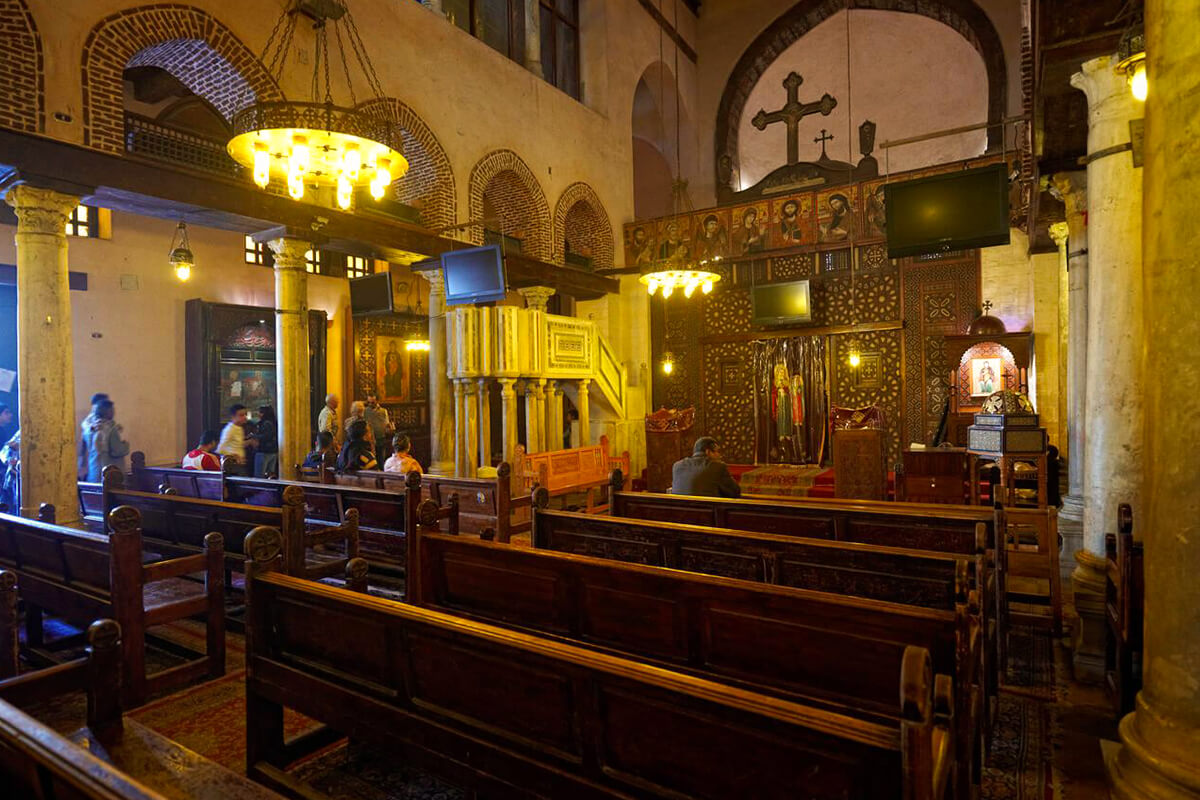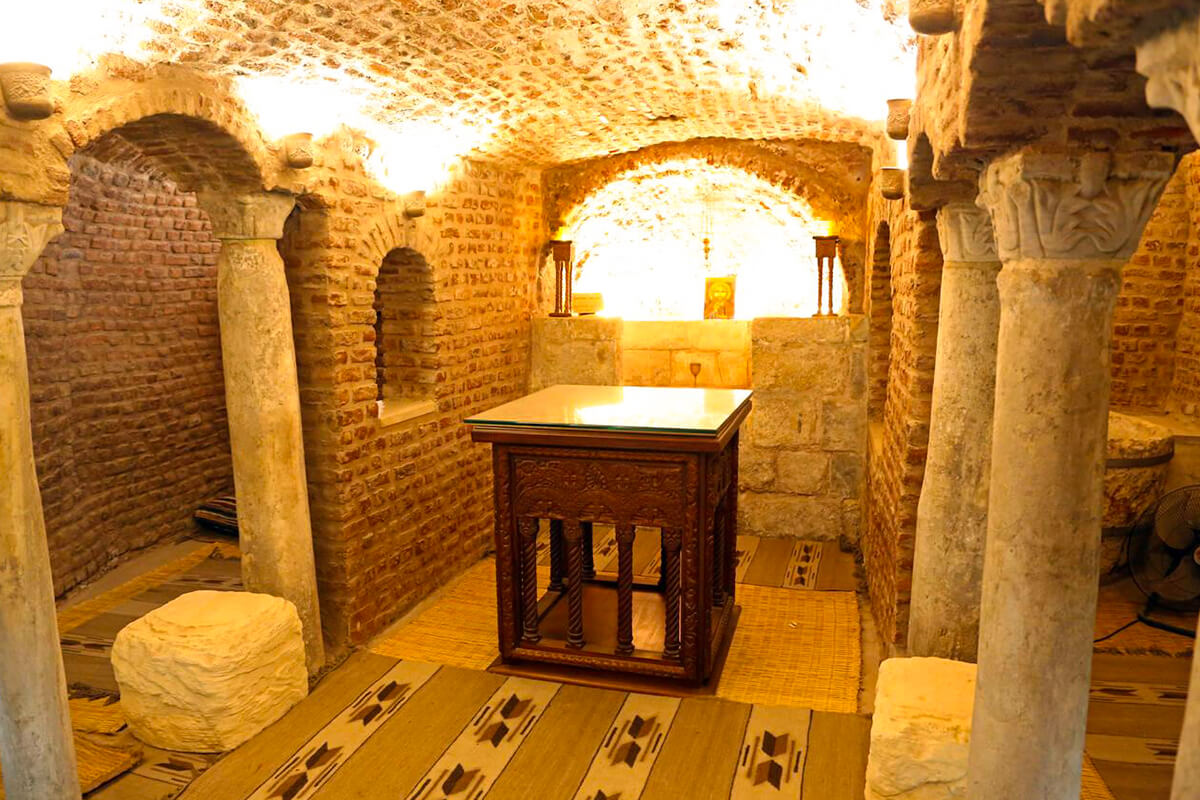The Church of Saint Barbara is a must-visit destination for Egypt travelers. Located in the heart of Cairo, this historic church is one of the oldest Christian churches in Egypt, with a rich history and unique architecture that will fascinate visitors.
In this blog post, we’ll look closer at the Church of Saint Barbara and explore its history, architecture, religious significance, and practical information for visitors. Whether you’re a history buff, an architecture enthusiast, or a spiritual pilgrim, the Church of Saint Barbara is a destination that should not be missed.
Don’t miss checking out our All-inclusive egypt vacation packages; you can spend one day in egypt, check out Egypt day tours.
History of the Church of Saint Barbara
The Church of Saint Barbara has a fascinating history that dates back to the early days of Christianity in Egypt. According to tradition, the church was built on the site where Saint Barbara, a Christian martyr, was buried in the 3rd century AD. Over the centuries, the church has undergone numerous renovations and restorations and has been the site of many important events in Egyptian history. For example, during the reign of the Fatimid caliphate in the 10th and 11th centuries, the church served as a center of learning and scholarship. It was known for its collection of valuable manuscripts and books. The church played an essential role in Egypt’s religious and cultural life in the following centuries. Today, it stands as a testament to the enduring legacy of Christianity in the region.
Architecture and Design of the Church of Saint Barbara

One of the most striking features of the Church of Saint Barbara is its unique architecture and design. The church is built in the Coptic architectural style, using domes, arches, and columns. The church’s exterior is simple and unadorned, with a plain white facade decorated with geometric patterns and crosses. However, the church’s interior is much more elaborate, with intricate carvings, paintings, and mosaics depicting scenes from Christ’s life and other biblical stories. Two side aisles flank the church’s central nave, and the ceiling is adorned with large domes supported by columns. Visitors to the Church of Saint Barbara will be struck by the beauty and grandeur of its design, which is a testament to the skill and craftsmanship of the Coptic artisans who built it.
Religious Significance of the Church of Saint Barbara

The Church of Saint Barbara has deep religious significance for Christians in Egypt and worldwide. Saint Barbara, the church’s namesake, is a revered figure in Christian tradition and is considered the patron saint of artillerymen, miners, and others who work with explosives. In addition to its association with Saint Barbara, the church is an important center of worship and pilgrimage for Coptic Christians, who make up a significant minority in Egypt. The church’s services and ceremonies are characterized by a rich and ancient liturgy handed down through the centuries. Visitors can witness firsthand the deep faith and devotion of the Egyptian Christian community.
Visiting the Church of Saint Barbara
If you’re planning a trip to Egypt and want to visit the Church of Saint Barbara, there are a few practical things to remember. The church is located in the heart of Coptic Cairo, in the neighborhood of Old Cairo, and can be easily reached by taxi or public transportation. The church is open to visitors every day of the week, but the hours of operation may vary depending on the season and the day of the week. Admission to the church is typically free, but visitors are encouraged to donate to support the church’s ongoing maintenance and preservation efforts.
When visiting the Church of Saint Barbara, it’s essential to dress modestly and respectfully, as it is a place of worship. Women should cover their hair and wear long skirts or pants, and men should avoid wearing shorts and sleeveless shirts. Visitors should also be prepared to remove their shoes before entering the church, as is customary in many places of worship in Egypt.
Once inside the church, visitors can take a self-guided tour or arrange a time with a local guide or company. Many visitors hire a guide, which can provide a deeper understanding of the church’s history and significance and help navigate language barriers.
In conclusion, the Church of Saint Barbara is a unique and fascinating destination for Egypt travelers, offering a rich history, beautiful architecture, and deep religious significance. Whether you’re a history buff, an architecture enthusiast, or a spiritual pilgrim, a visit to the Church of Saint Barbara is an experience that you won’t soon forget. So if you’re planning a trip to Egypt, add the Church of Saint Barbara to your itinerary – you won’t be disappointed!
If you want to cruise through Nile River check out Egypt Nile River cruises













